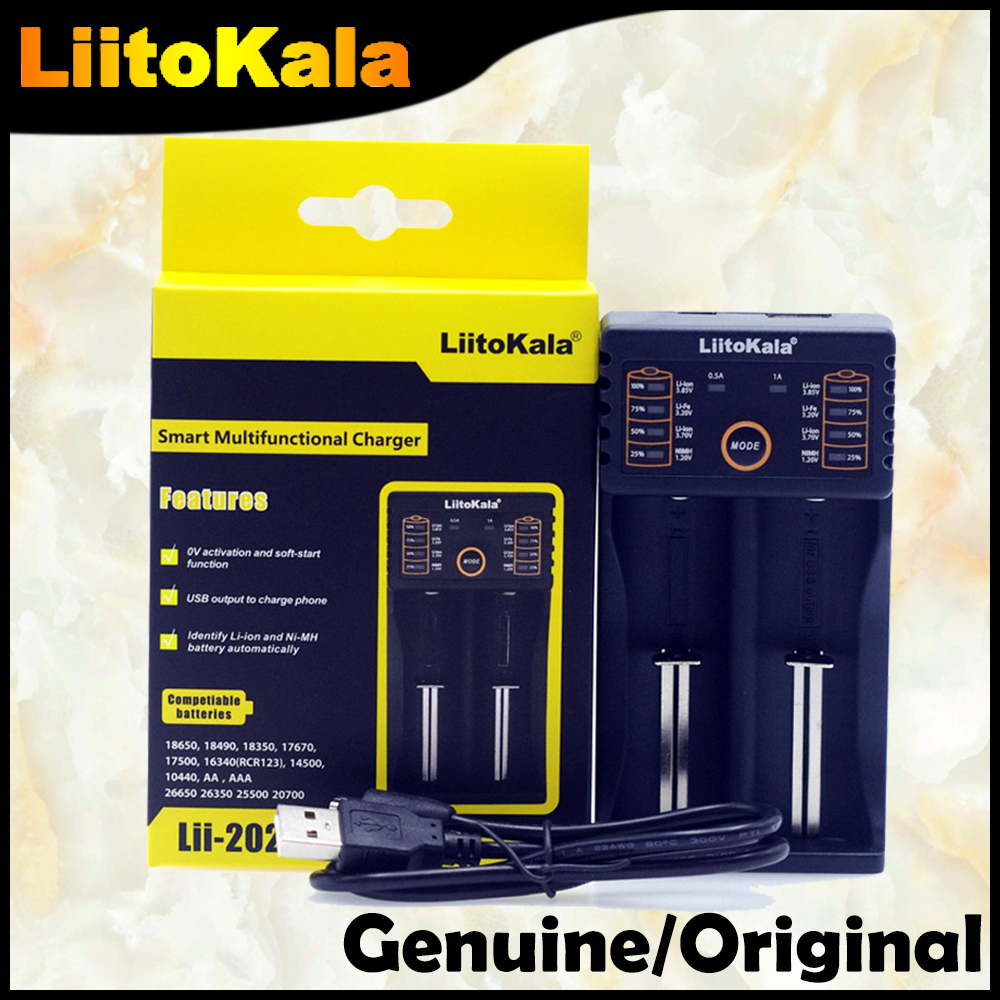

One of the challenging problems of layered nickel-rich cathode materials is the Li +/Ni 2+ antisite defects which result from their similar ionic radii (Li +: 0.072 nm, Ni 2+: 0.069 nm). For the cathode materials, compared to the widely used LiFePO 4, LiMn 2O 4, and LiNi 1/3Co 1/3Mn 1/3O 2, the layered nickel-rich materials with higher capacity (170-200 mAh g -1) and appropriate working voltage (~3.75 V), such as LiNi 0.6Co 0.2Mn 0.2O 2, LiNi 0.8Co 0.1Mn 0.1O 2 (NCM811), and LiNi 0.8Co 0.15Al 0.05O 2 (NCA), have attracted more and more attention. High-energy density and high-power density are the two most important factors in a commercial lithium-ion battery.

Lithium-ion batteries are experiencing the large applications in mobile electronic devices and electric vehicles worldwide. By combining a theoretical calculation, the improvement mechanism is attributed to two effects to decrease the activation barrier for lithium migration: (1) the anchoring of a low fraction of high-valence Ni 2+ ions in the Li slab pushes uphill the nearest Li + ions and (2) the same fraction of low-valence Li + ions in the Ni slab weakens the repulsive interaction to the Li + ions at the saddle point. However, this study indicates that LiNi 0.8Co 0.15Al 0.05O 2 as the key material for Tesla batteries possesses the highest rate capability when there is a minor degree (2.3%) of Li +/Ni 2+ antisite defects existing in its layered structure. They are commonly considered harmful to the electrochemical properties, so a minimum degree of cation disordering is usually desired. Li +/Ni 2+ antisite defects mainly resulting from their similar ionic radii in the layered nickel-rich cathode materials belong to one of cation disordering scenarios.


 0 kommentar(er)
0 kommentar(er)
